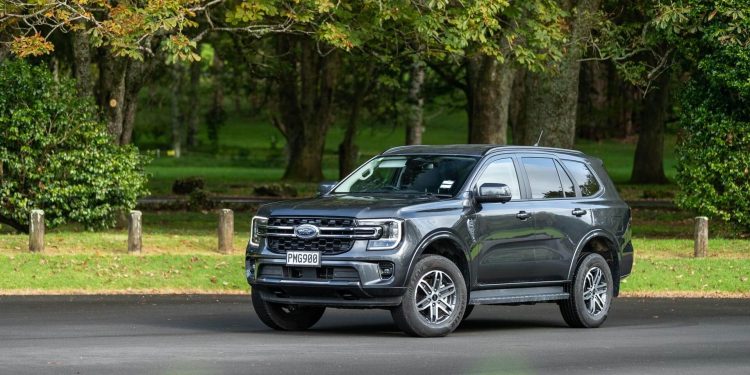2022 Ford Everest Trend review
Words: Kyle Cassidy | Photos: Isaac Western
Ford is doing good business with its big Everest, its best selling passenger vehicle, with the clean car fees it attracts being no hindrance to buyers.
We spoke with a new owner recently who couldn’t wait for something like a hybrid Highlander, ending up with the Everest simply because Ford can deliver.
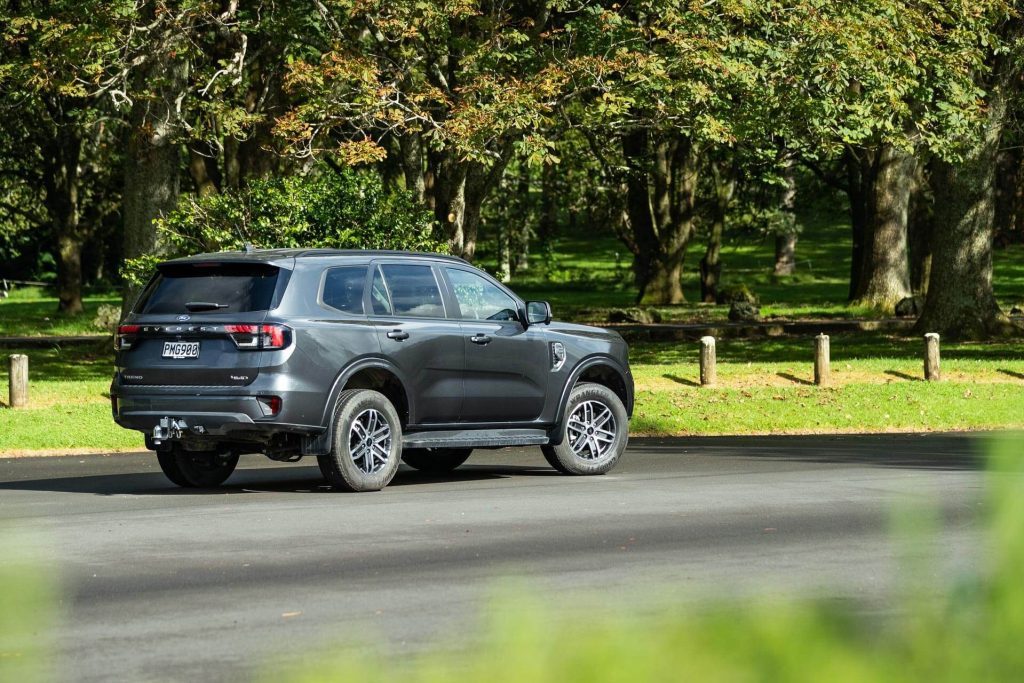
It’s not that they needed (or will ever use) its off-road ability or the 3.5 tonnes of tow, but they wanted a big seven-seat wagon and this be that.
It’s not ideal for city slickers to be charging around in such a machine made to conquer the wilds but such is the civility of the Everest; it works in both urban and rural environs well.
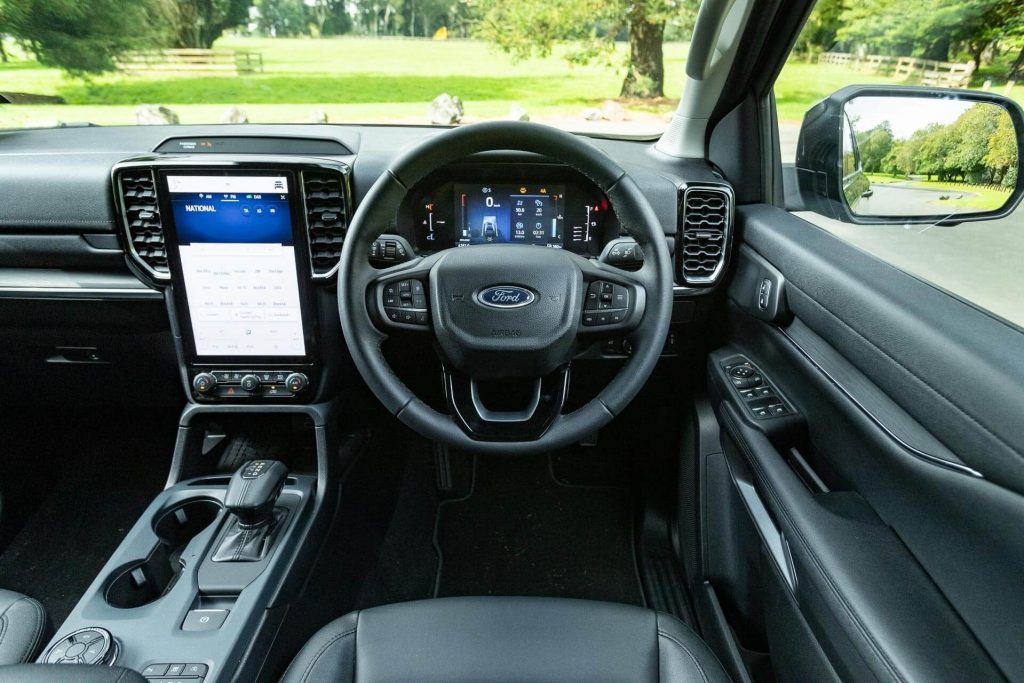
While the massive Ford isn’t great for local emissions (including noxious Nox production from the Euro 5 diesel engine), owners have paid the fee, which does help others into less gaseous options.
However, if you baulk at paying an extra $4k in fees on the V6 models, there are a few Everest options with the 2.0-litre bi-turbo, the entry-level Trend being one of them.
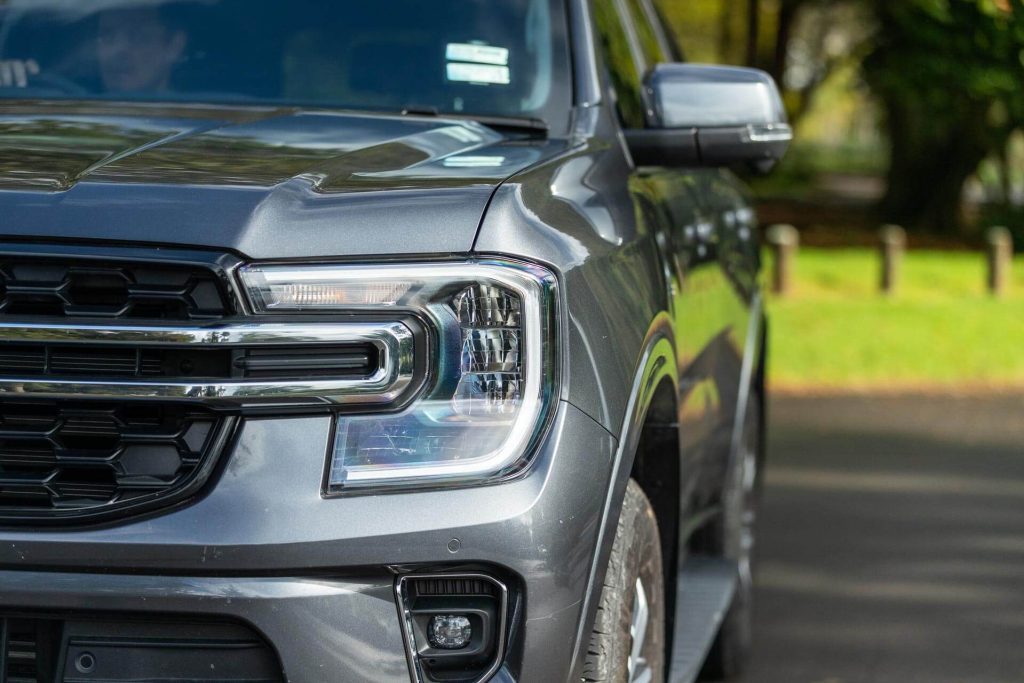
So how does this compare with the V6? Well, it’s cheaper, the Trend at $71,990 and it cops less in fees ($1897 versus $4025).
While it is outpunched by the V6, this isn’t exactly lacking in motivation. The bi-turbo can summon 500Nm and enough power to move this two and a bit tonne SUV confidently.
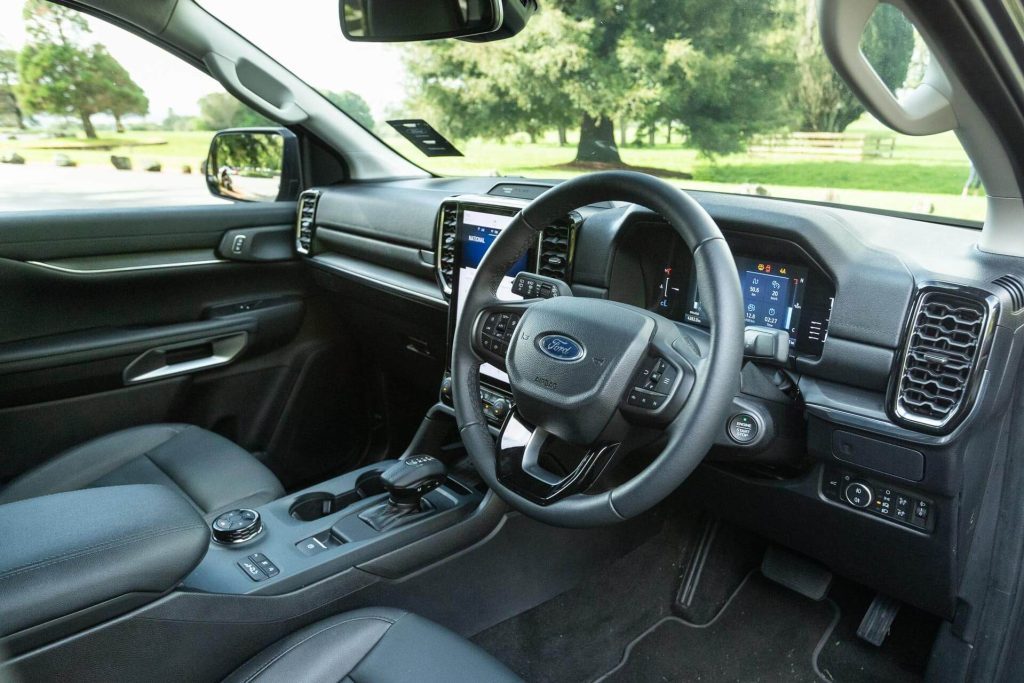
The difference is the ease with which the V6 delivers its torque just off idle, (something those who tow big loads will appreciate) and refinement; the four cylinder can send a few vibrations through the cabin along with a more audible diesel clatter.
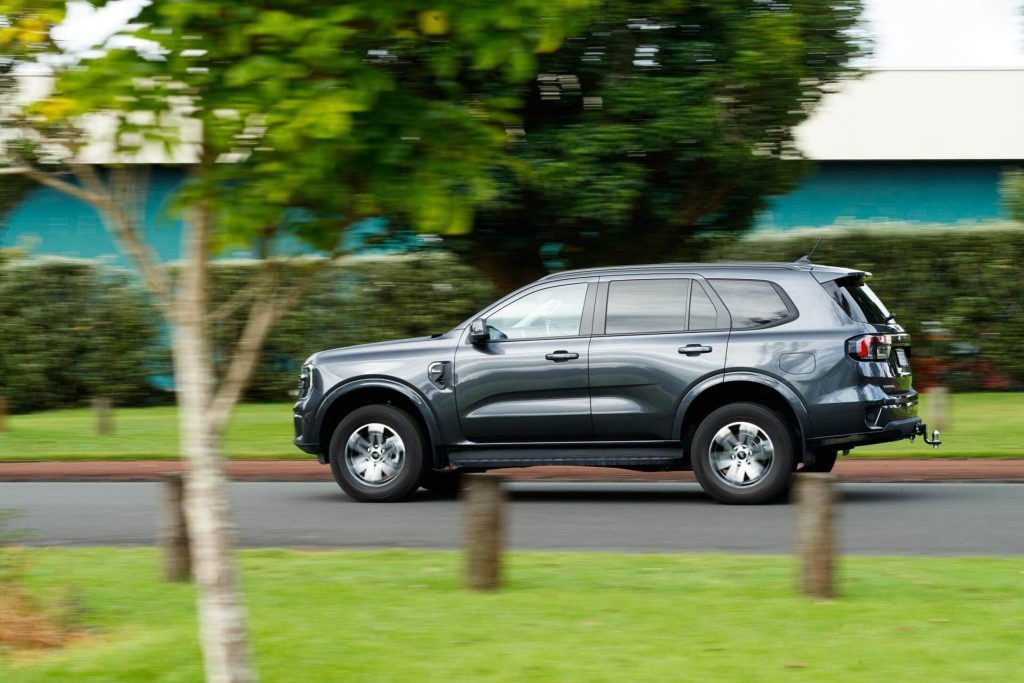
For fuel use, it’s only a few points different, officially stated at 8.3L/100km vs 9.7 for the V6. On test it averaged in the low 11L/100km range whereas the V6 we tested a few months back tracked in the mid 12L/100km area.
It’s not quite as quick in a straight line, the Trend needing just over 10sec to hit 100km/h versus 8.9sec for the V6 Platinum but for around town roaming the bi-turbo isn’t a laggy engine.
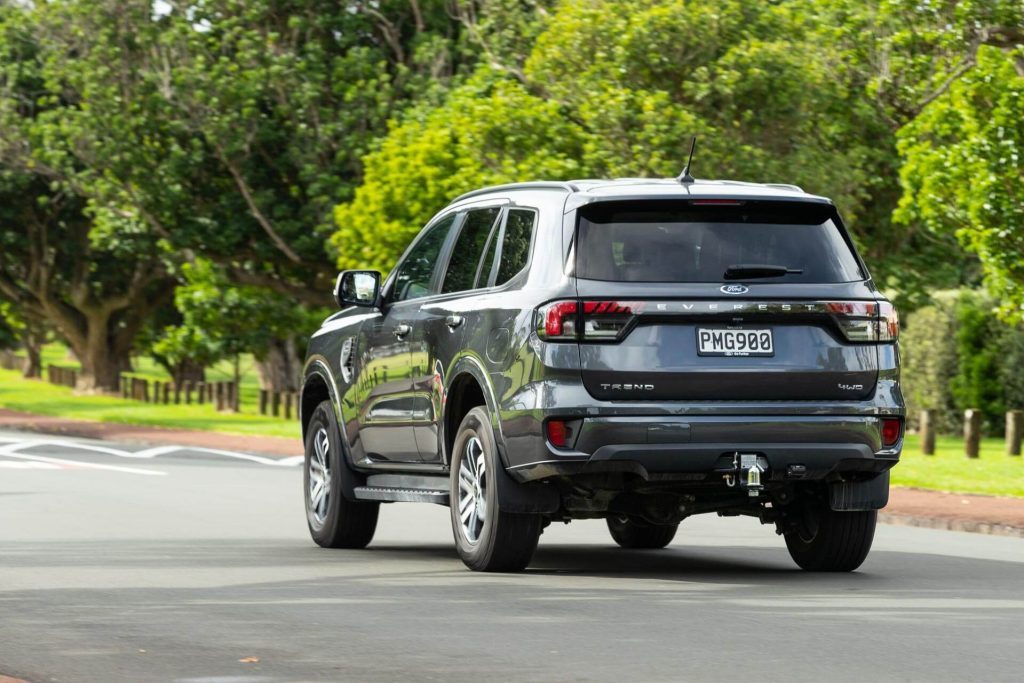
Only when you really want to scramble is there a moment of hesitation, but otherwise it gets away smoothly while the gear swapping is creamy too, the auto balancing torque delivery with consumption nicely.
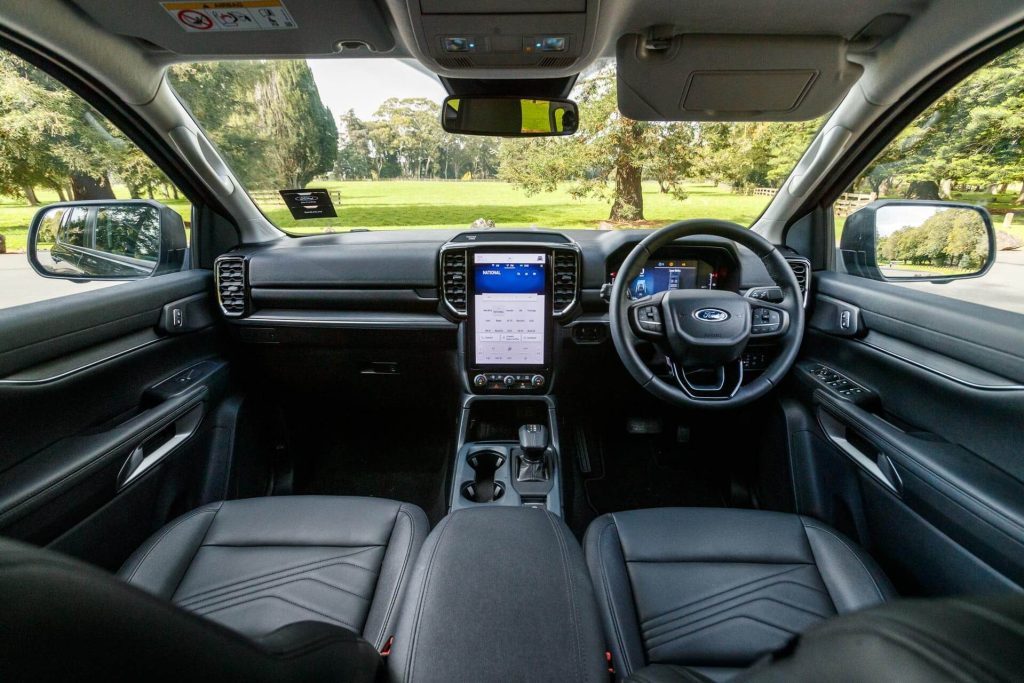
This has the usual softly-softly approach of a big 4×4 wagon, the smaller alloy/bigger tyre combo adding more fluff beneath the Trend model. It has the odd shimmy and shake that is part of the full chassis and solid rear axle mix, but the ride is actually quite pleasant.
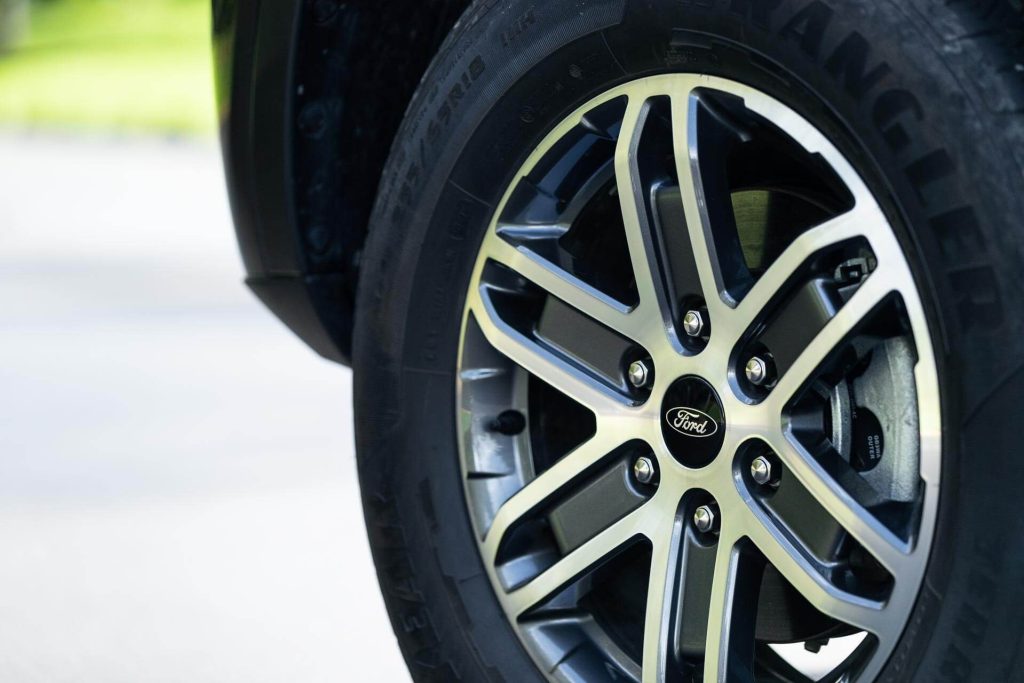
Despite appearances, this is pretty easy to manoeuvre around town with light steering and a surprisingly agile turning circle. The standard surround camera makes parking easier too. And all those off-road creds sees this glide over speed bumps while also allowing for a spot of kerb hopping.
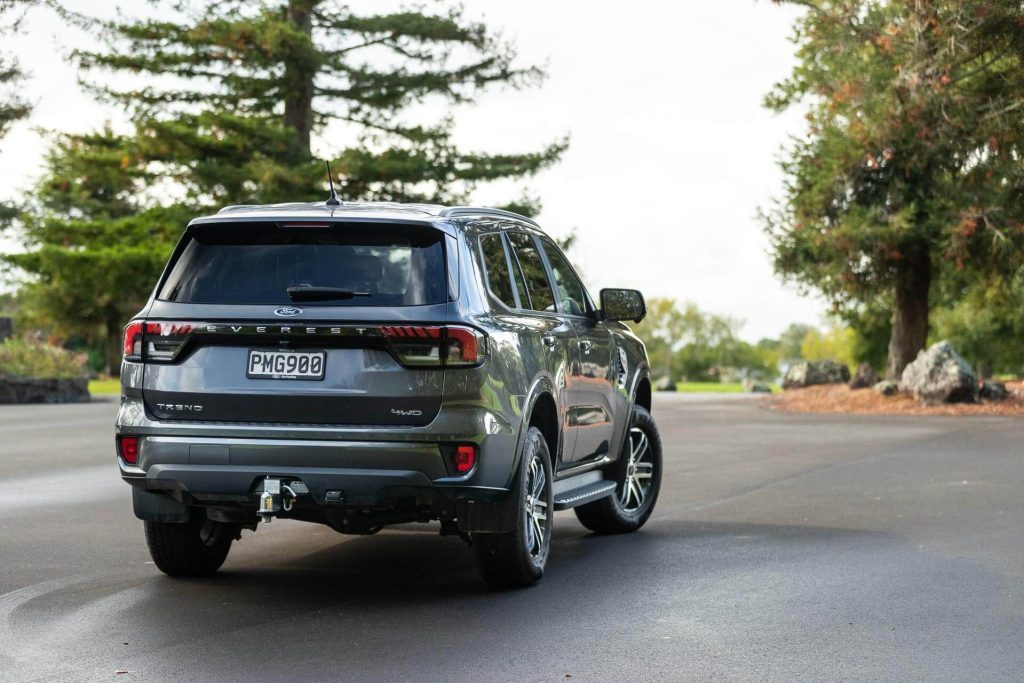
The Everest isn’t too rolly in the bends, at least not for a proper 4×4 with an abundance of ground clearance. It turns well and, while weighty, that mass is well balanced and so easy to manage.
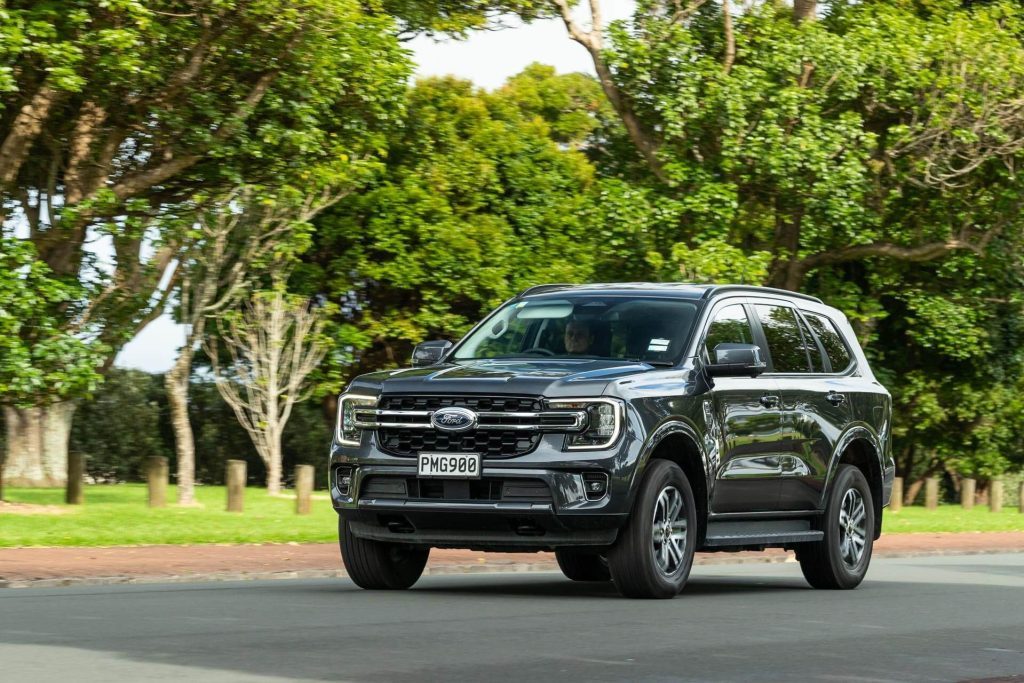
The Trend model squeals more the Platinum we drove and that’s down to the difference in tyres; this features higher profile rubber yet it still manages to hang on well enough.
The four-cylinder and 10-speeder are a good pairing, the auto ensuring you get the most from the 500Nm of torque.
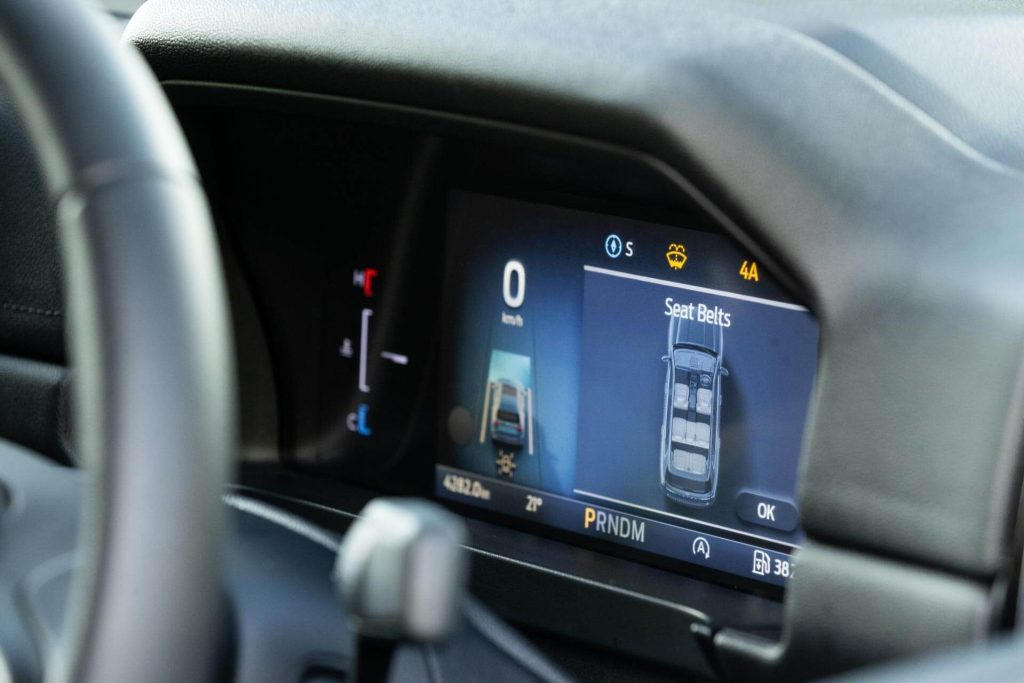
That said, the engine can rev quickly but don’t expect straight line fireworks. It romps along gravel paths for it has the same 4×4 set-up as the V6 with 2H (rear drive) 4H and 4L, along with 4A.
The latter is an on-demand AWD setting that sorts the traction automatically to make progress stable and steady, going without the driveline snatch issues of the 50/50 torque split that’s typical of a more conventional 4H set-up in competitor products.
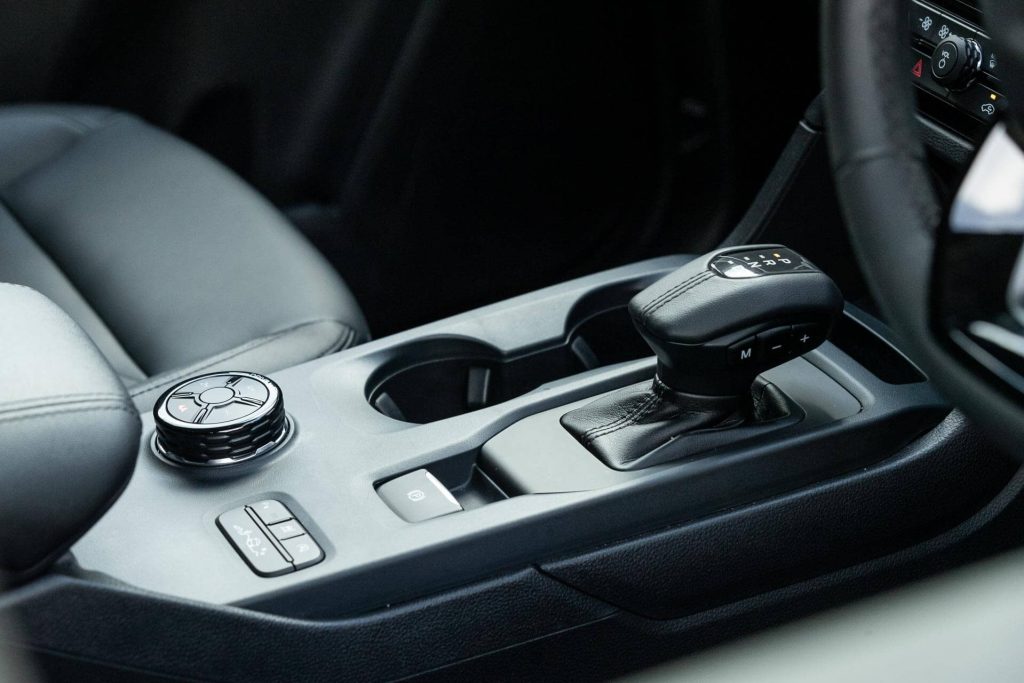
The long travel suspension deals to the ruts and potholes, noise from the gravel spray is well muted, while the ESP hardly intervenes until you really need it.
As for accommodations, this is a big seven seater, the two in the back are fit for adults, at least for short journeys, and are perfect for kids. Access to them is via the right hand side, not great for unloading outside school, but the seat tilts and slides easily.
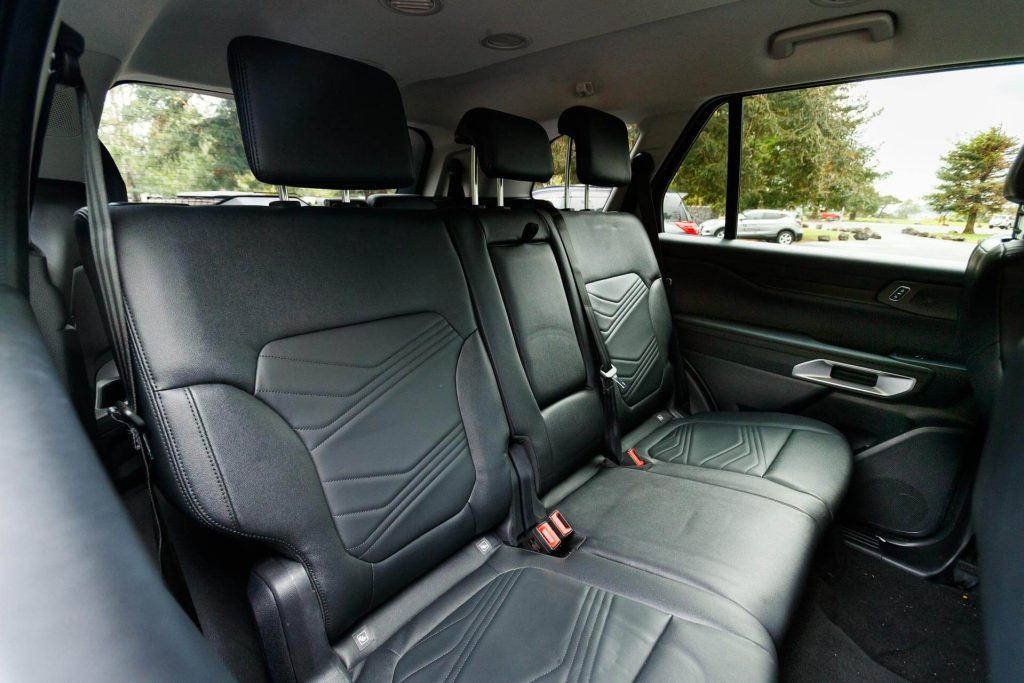
There is some usable boot space behind the third row too, enough for a half dozen backpacks should you ever find yourself with six school kids on board, or just enough for a family day trip.
Stowing the seats is easily done, a one-hand job, and then you have plenty of space.
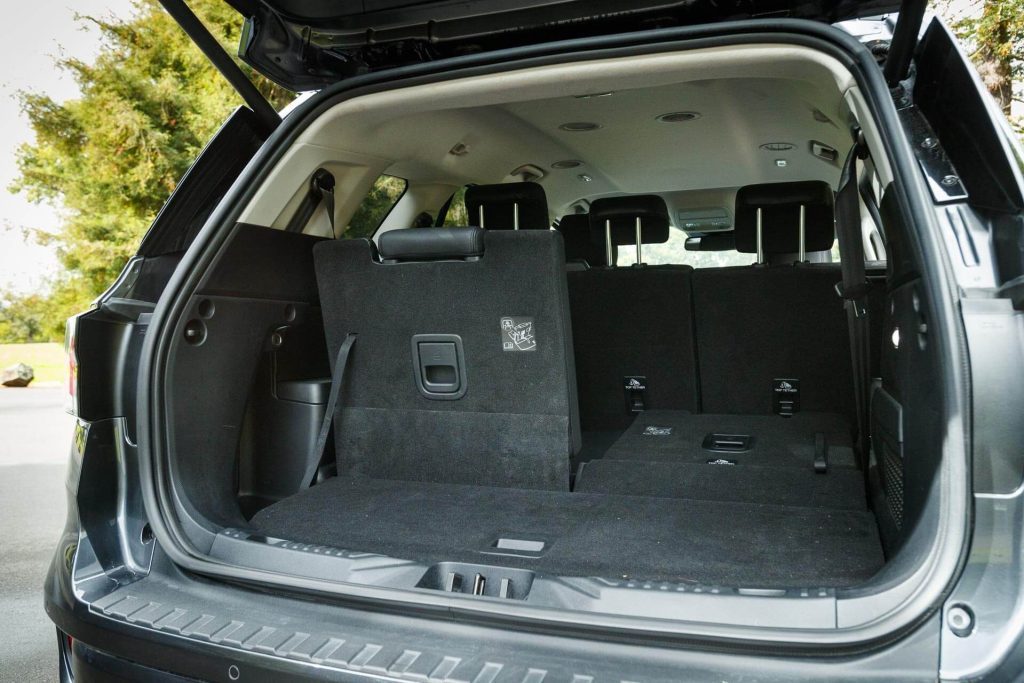
While an entry-level model, the Trend isn’t really lacking for gear with a big touch screen system and plenty of connectivity, a digital display, comfort access, powered driver’s seat and soft touch trim in all the right places.
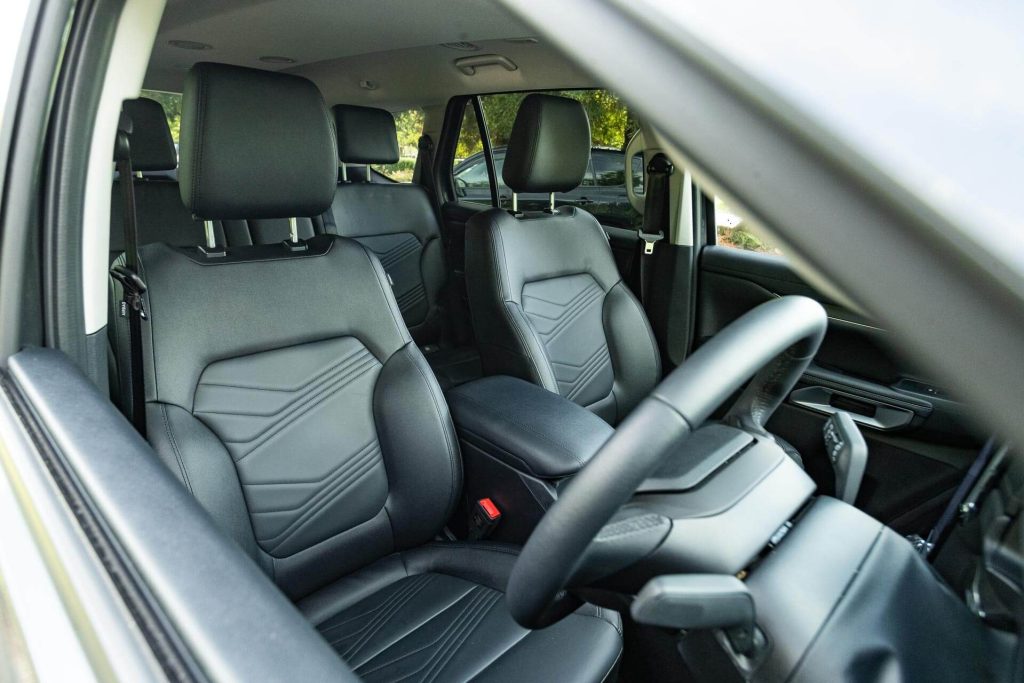
The upholstery used isn’t the most convincing fake leather ever, but won’t offend vegans and looks to be easy to clean.
While the Everest’s emissions profile is large, so too are its abilities. And you really aren’t missing out by opting for the bi-turbo version, with smart savings to be had on the purchase price and fees.
| Model | Ford Everest Trend |
| Price | $72,990 |
| Clean Car Discount | Fee – $1,897 |
| Engine | 1998cc, IL4, TDI |
| Power/Torque | 154kW/500Nm |
| Drivetrain | 10-speed auto, 4X4 |
| Fuel Use | 8.3L/100km |
| C02 Output | 219g/km |
| 0-100km/h | 10.1sec |
| Weight | 2383kg (claimed) |


